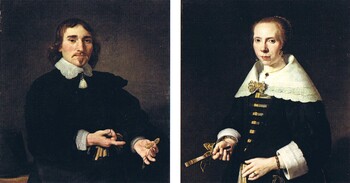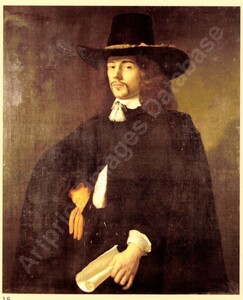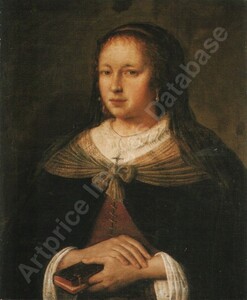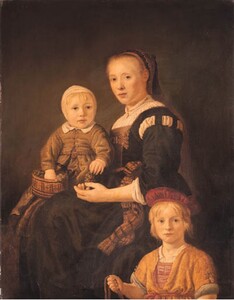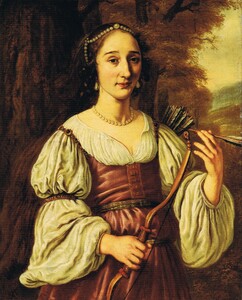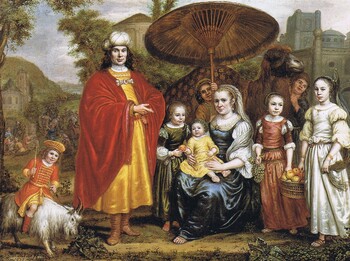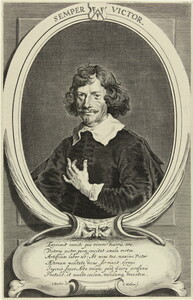Jan Victors
Portrait of a lady, half-length, wearing black
Oil on canvas : 71,2 X 60 cm
Indistinctly signed high left
Sold at Sotheby’s London, 10/04/03
For 14.400 £ = 20.903 €
This is a comparative item
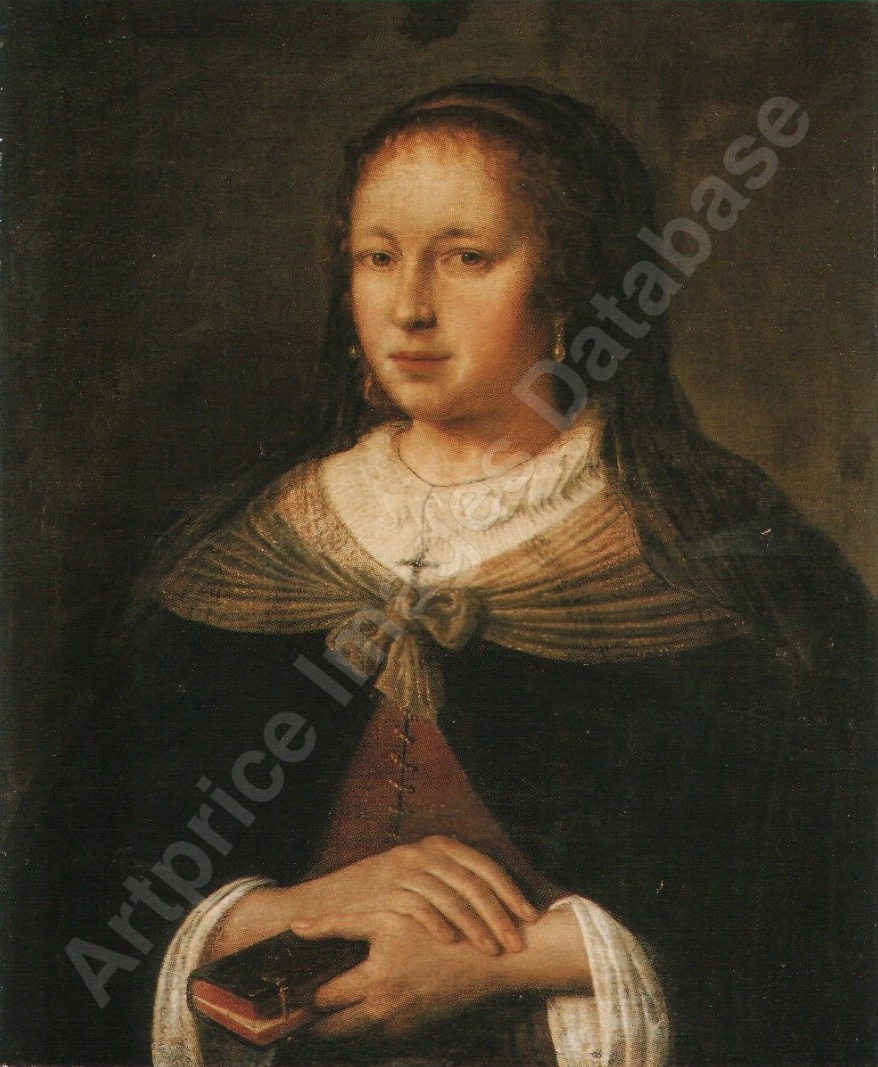
Painting for Sale
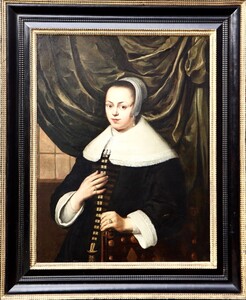
Victors, Circle of Jan
"One of a pair of portraits"
Comparative paintings
Click photos for more details

